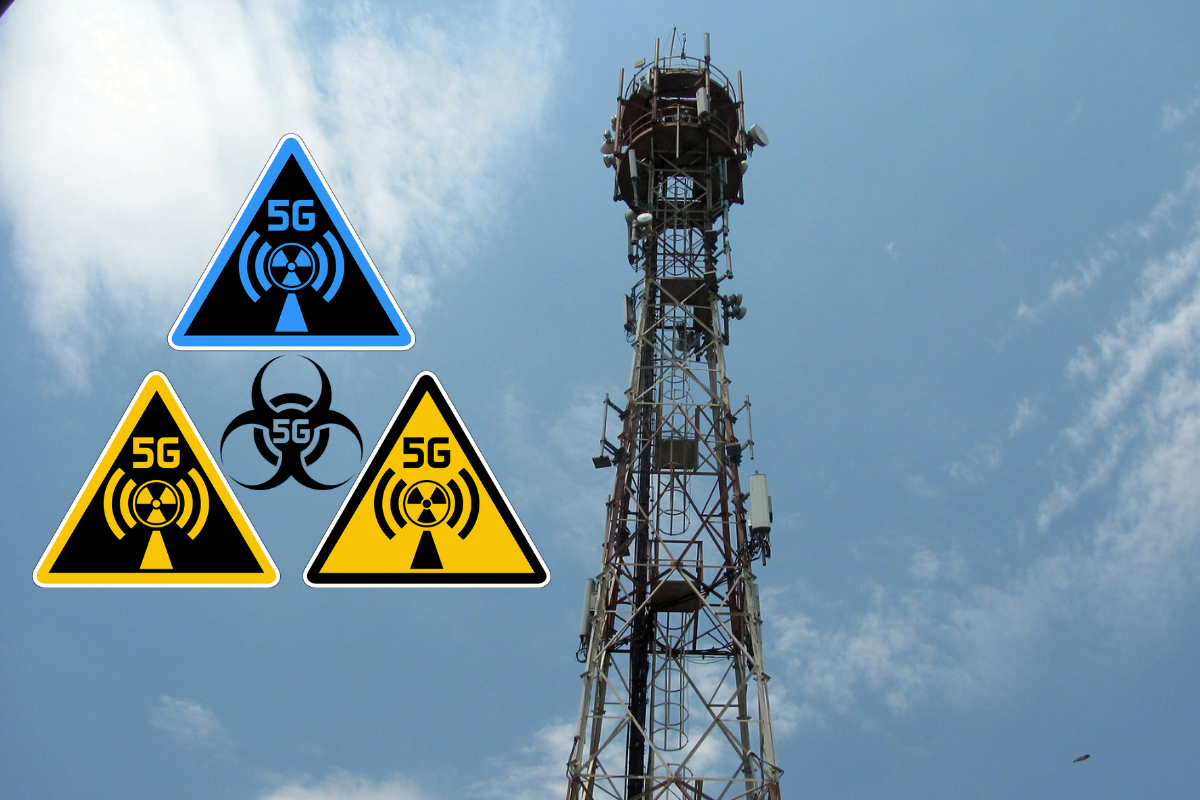A lot of people are concerned about the use of 5G technology for connectivity. This is because a common presumption about 5G is that it produces harmful radiations which kill birds and also lead to people being diagnosed with cancer. To understand how this technology will actually affect us, first, let’s see how it is different from previous cellular technologies. With 5G, the networks would depend on radio waves to carry the signals which will be transmitted between your device and the antenna or mast. Since 5G waves travel shorter distances as compared to previous generation waves; they will require more antennas and transmitters to communicate in an area. To find out if more number of antennas and transmitters in a single area is going to harm us, keep reading ahead.
5G Radio Waves are Non-Ionising
As per a physicist and cancer researcher, David Robert Grimes, 5G radio waves are non-ionising. What does this mean? In short, radiation is classified into two categories - ionising and non-ionising. Ionising waves are short in wavelength and have a higher frequency which is dangerous for the human body. On the other hand, non-ionising waves are longer in wavelength and have a lower frequency, which is deemed safe for humans. Dr Grimes noted that people should be aware of the fact that the visible light from the sun that we get exposed to every day is more energetic than the radio-waves. He further said that there is no evidence strong enough to suggest that wireless networks or mobiles can cause health problems because of radiation. At the same time, people should not be worried about the higher number of masts or transmitters installed in a single area because each of the transmitters would be able to run at lesser power since there are more of them. Thus when compared to 4G, the power levels required for 5G will be even lesser by the masts. It further means that the radiation exposure from the 5G towers will be much lesser. These are the reasons why you shouldn’t be too worried about 5G coming to the world. The frequency band suggested for 5G falls within the non-ionising range. Also, until now, no evidence has been found against 5G harming birds or any other animals.
